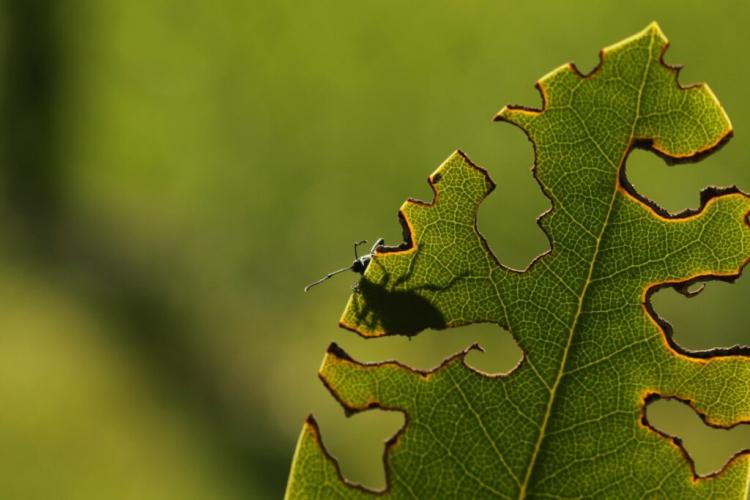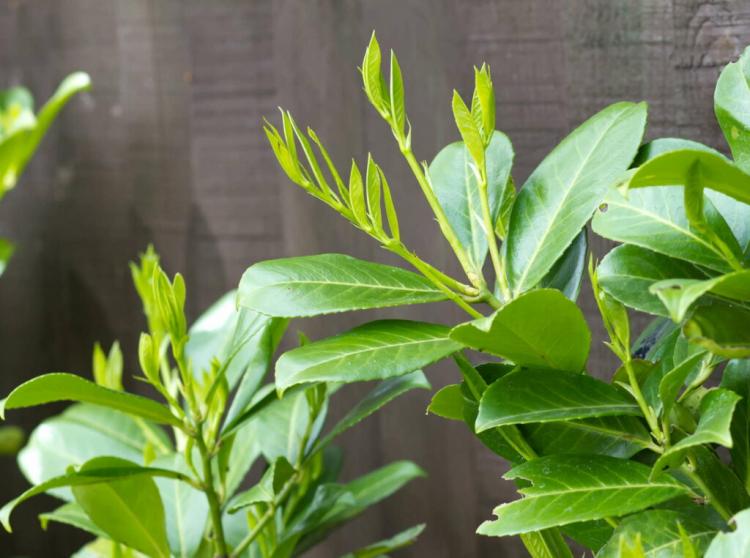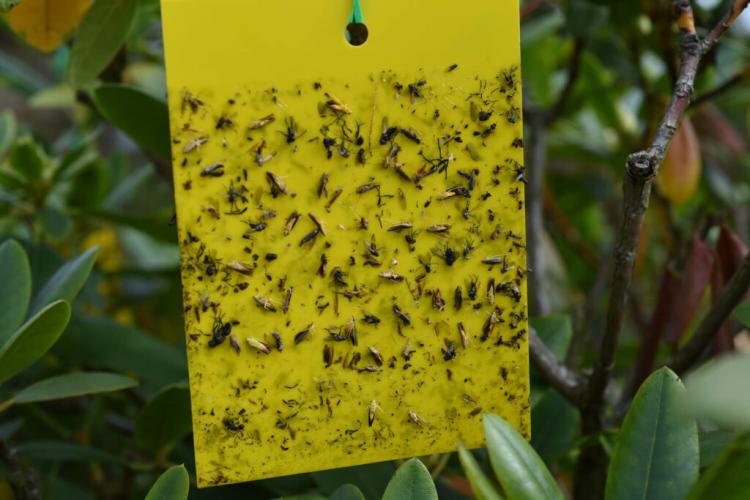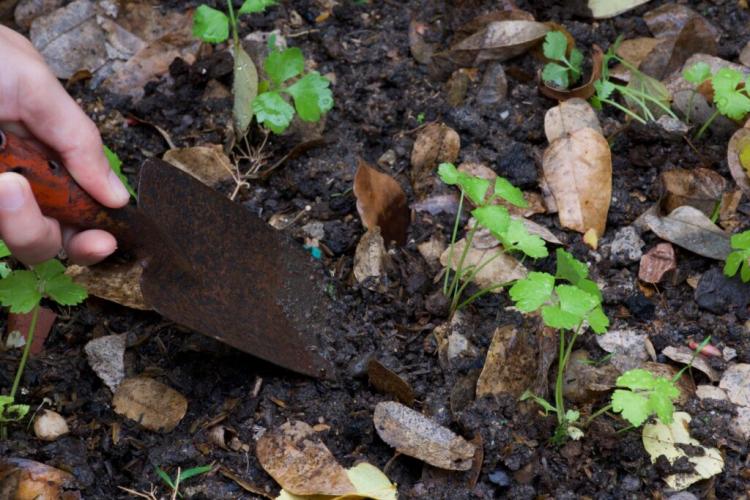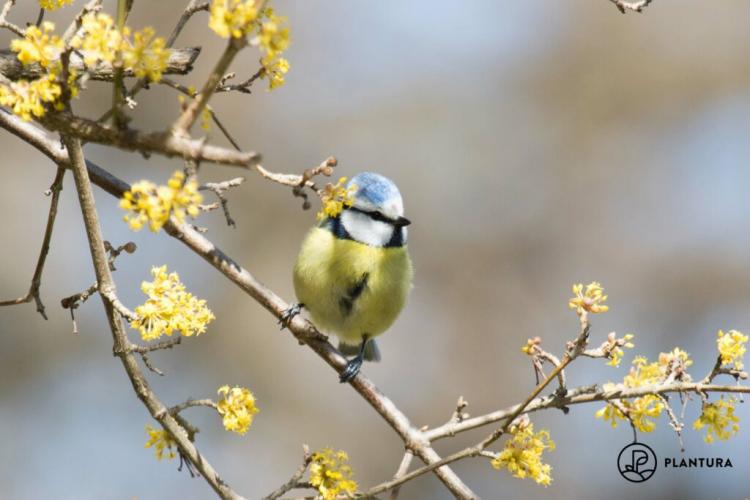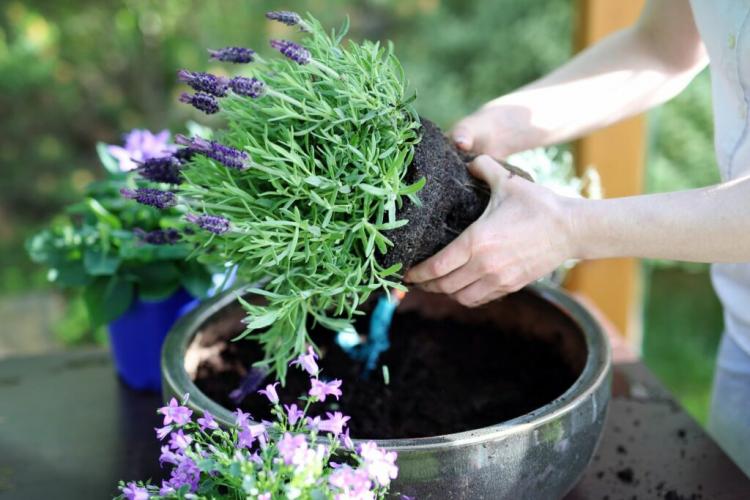Lily of the valley: are lilies of the valley poisonous?
Lilies of the valley are nice to look at, but the question arises as to whether they are poisonous or not – especially because they are very similar to the delicious wild garlic.
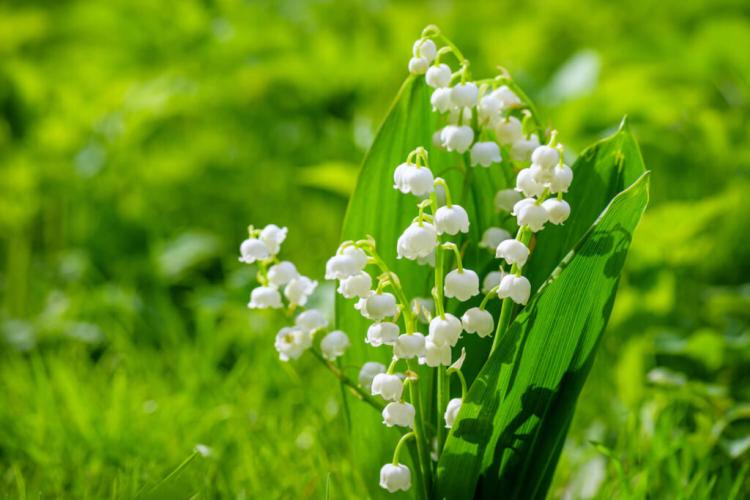
Lilies of the valley are beautiful, but unfortunately also poisonous [Photo: Prilutskiy / Shutterstock.com]
Lily of the valley ( Convallaria majalis ) enchants the viewer in European forests and gardens with their white bell blossoms. With their pretty blossoms, the little Marian flowers look like innocence in person. But the plants only cover themselves in a cloak of avoidable harmlessness and thus become a trap for curious children and unsuspecting herb collectors every year.
Lily of the valley poisonous or not?
Table of Contents
Lilies of the valley are extremely poisonous and were even named Poisonous Plant of the Year in 2014. All parts of the plant contain toxic glycosides of the carenolipid type. Even drying the plant does not make it harmless. The seeds and the innocent-looking flower in particular are packed with 38 of these chemical compounds. Flower water, in which lilies of the valley have stood, also absorbs the substances. These have a very strong effect on the heart. Because of this property, the lily of the valley found its way into folk medicine and medicine as early as the 15th century. Modern orthodox medicine also uses small, tolerable amounts as an active ingredient in medication. However, there should be a big exclamation mark after the “tolerable small quantities”.
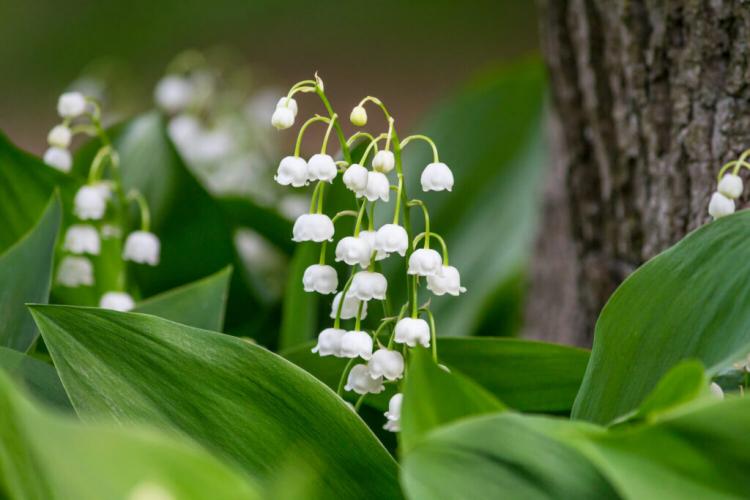
Lilies of the valley are extremely poisonous and were even named Poisonous Plant of the Year in 2014 [Photo: rustamank / Shutterstock.com]
Lily of the valley: from what amount poisonous?
After consuming one to five berries, cardiac arrhythmias for a maximum of short periods are to be expected. Fortunately, our body does not absorb much of the toxins. From a larger quantity it becomes critical. The leaves have to be properly reached so that they lead to serious poisoning. Nevertheless, lilies of the valley should of course not be eaten!
Lily of the valley: the symptoms of poisoning
Even contact with the plant causes skin and eye irritation. After consuming plant components of the lily of the valley, attention should be paid to the following symptoms:
- Tightness in the chest
- diarrhea
- Cardiac arrhythmias
- Visual disturbances
- dizziness
- nausea
First, high blood pressure and a high pulse rate occur. Later the blood pressure decreases and breathing becomes deeper until death from cardiac arrest occurs.

Even contact with the plant causes skin and eye irritation [Photo: Agnes Kantaruk / Shutterstock.com]
Lily of the valley: what to do in case of poisoning
If you ingest parts of the plant, you should call the poison control center. This provides information about whether an emergency doctor needs to be contacted. Check the vital functions until the emergency doctor arrives. If you have one in your medicine cabinet, give them a charcoal tablet. This binds the toxins in the stomach. If large amounts have been consumed, the doctor treats it as if it were cardiac glycoside poisoning. Any poisoning must be reported to the Poison Control Center.
Lily of the valley: also toxic for dogs and cats?
The plants are not only poisonous for humans. Dogs and cats can also poison themselves with the early bloomers. The symptoms of intoxication are similar to those in humans. A veterinarian should be consulted immediately and the incident reported to the Poison Control Center later. The glycosides are also toxic to pigs, goats, horses, hares, rabbits, hamsters and guinea pigs, as well as to birds.

Lily of the valley should not be eaten by dogs either [Photo: Magdalena Geraghty / Shutterstock.com]
How to successfully distinguish lily of the valley from wild garlic
In March and April, when lilies of the valley only bloom sporadically, it is wild garlic season ( Allium ursinum ) in local forests. However, the leaves of the garlic-like smelling wild herb are very similar to the poisonous leaves of the lily of the valley. Poisoning occurs every year because the poisonous doppelgangers end up in wicker baskets on the hunt for wild garlic. There are a lot of differences between the two forest dwellers. All information on how to recognize wild garlic can be found here: So that you can safely take part in the next wild garlic collection campaign.
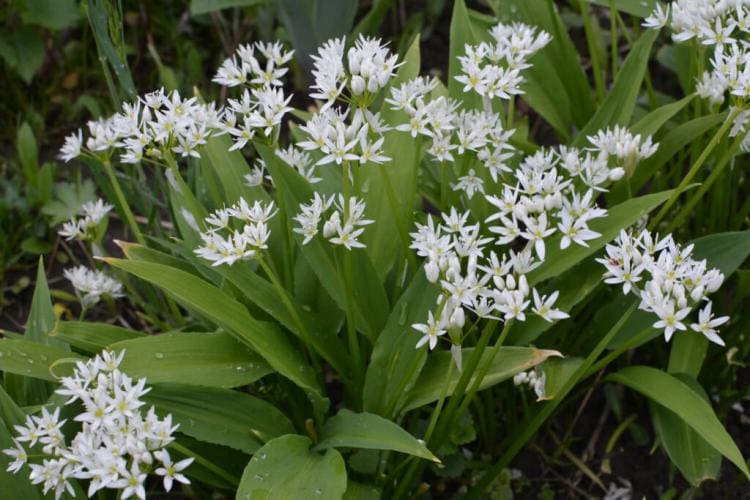
In contrast to wild garlic, lilies of the valley grow upright [Photo: weha / Shutterstock.com]
Even though lilies of the valley are poisonous, they are still beautiful plants. If you decide to plant lily of the valley in your garden, you will find all information about the lily of the valley here, from planting to caring for it and propagating it.

